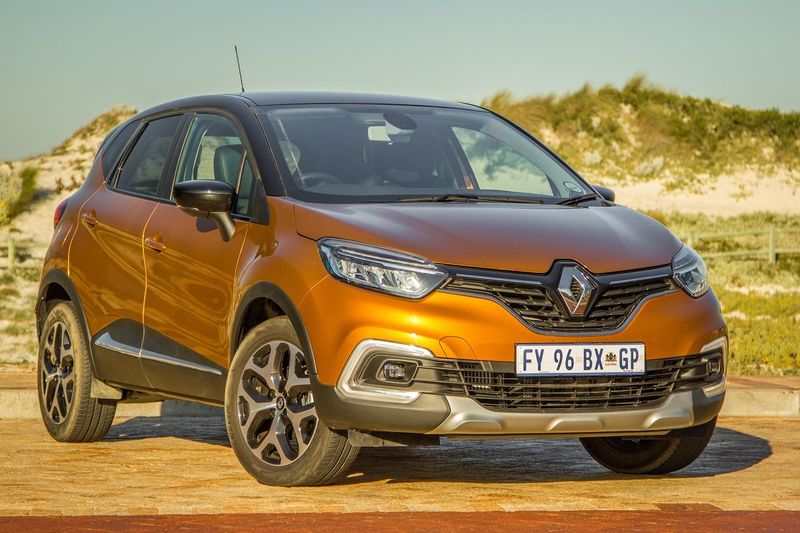

You get exactly the same platform and the same 1.5-litre engines as the Duster. The model that is has gone on sale in India is basically the RHD version of the Duster-based Kaptur SUV, which looks much like the UK-spec Captur. The UK-spec model gets a different set of engines, Clio’s modern platform and is significantly smaller in dimensions. It may be noted here that the Captur on sale in the UK is based on Clio’s platform. The India-spec Captur is the only Right Hand Drive model in the entire world to be based on the Duster’s tried-and-tested M0 platform. That said, there’s definitely more to this than meets the eye. With its market launch taking place today, India becomes the seventy-sixth market to receive this globally acclaimed crossover. While it’s only now that the nameplate makes its India debut, the Captur, which was conceived in 2013, is responsible for Renault’s success in the fast-growing SUV-crossover segment of many markets across the globe. Its better to drive than rivals such as the Nissan Juke and Peugeot 2008, and while its not quite as big or complete as a Skoda Yeti, it is significantly cheaper both to buy and to run.The latest from Renault India, the Captur finds itself positioned slightly above the Duster in the manufacturer’s product portfolio. If you want something a bit quirky, that's not cumbersome to drive or park, but that offers a properly useable interior, the Captur is well worth a look. It's a shame that this bench-style seat can only be moved as one whole unit, but the backrests split and fold 60/40.Ī variable boot floor finishes the Captur's arsenal of tricks to help make family life that little bit easier. The Captur's boot is much bigger than a Juke's, too, and it's easy to extend because the rear seats can be slid back and forth via a handle on the back of the backrest or a lever under the seat squab. Rear-seat passengers over six-feet tall will also find their knees touching the seat in front when they sit behind a similar-sized driver, although theres more rear headroom than in a Nissan Juke. That said, the front seats are a bit short on lower back support. However, while the Captur's dashboard looks interesting enough, the plastics that it's built from feel hard and cheap compared with those in the rival Peugeot 2008.ĭriver comfort is more impressive, because there's loads of headroom and the high-set seat and steering wheel offer a good range of adjustment. So far we've tried only high-spec Media Nav models, which get a smart and user-friendly touch-screen.

What's the 2013 Renault Captur like inside? The rear suspension can get noisy on bumps roads and the door mirrors whip up some wind noise at 70mph, but road noise is well suppressed. The petrol engine is the smoother and quieter of the two we tried, but even the diesel stays hushed unless you really thrash it. Still, throttle and brake pedal responses are good in both, so the Captur is an easy car to drive smoothly.
#RENAULT CAPTUR REVIEW MANUAL#
The manual gearbox in the diesel is smooth enough, but the six-speed automatic can be hesitant to respond from a standstill and dim-witted in any remotely taxing driving. However, both feel strained when you want to make more vigorous progress. We've tested the 1.5 dCi and auto-only 1.2 TCe, which both deliver adequate performance in sedate use even up to motorway speeds. This can become tiring on long motorway journeys. You're never tossed around uncomfortably, but are always aware of the tiniest imperfections in the surface of the road. The Captur's fairly supple suspension does a good job of soaking up bumps and potholes in urban environments, although things get slightly fussier the faster you go. The steering is decent, too it's light with predictable responses, and not so quick that it makes the car feel twitchy on the motorway.

It grips well in corners and while there's a reasonable amount of body roll, the Captur feels more stable and planted than a Nissan Juke or a Peugeot 2008.


 0 kommentar(er)
0 kommentar(er)
